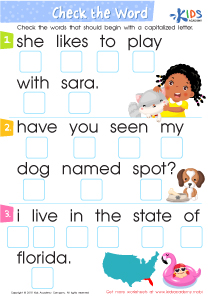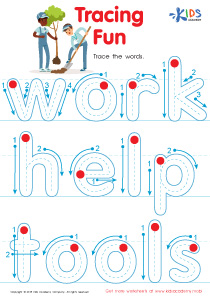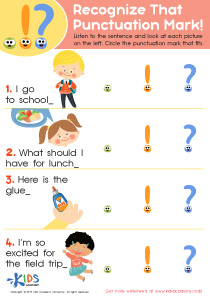Understanding suffixes Normal Writing Worksheets for Ages 3-7
3 filtered results
-
From - To
Discover the engaging "Understanding Suffixes Normal Writing Worksheets for Ages 3-7" designed to enhance your child's reading and writing skills. These printable worksheets introduce young learners to the concept of suffixes, helping them recognize and understand the meaning of common suffixes like -ing, -ed, and -s. Through fun and interactive activities, children will expand their vocabulary and improve their word-building abilities. Perfect for early grade students, these worksheets provide a solid foundation for future language arts success, fostering a love for learning and boosting confidence in writing. Start the educational journey today with our expertly crafted materials!


Reading: Words With Suffixes Worksheet
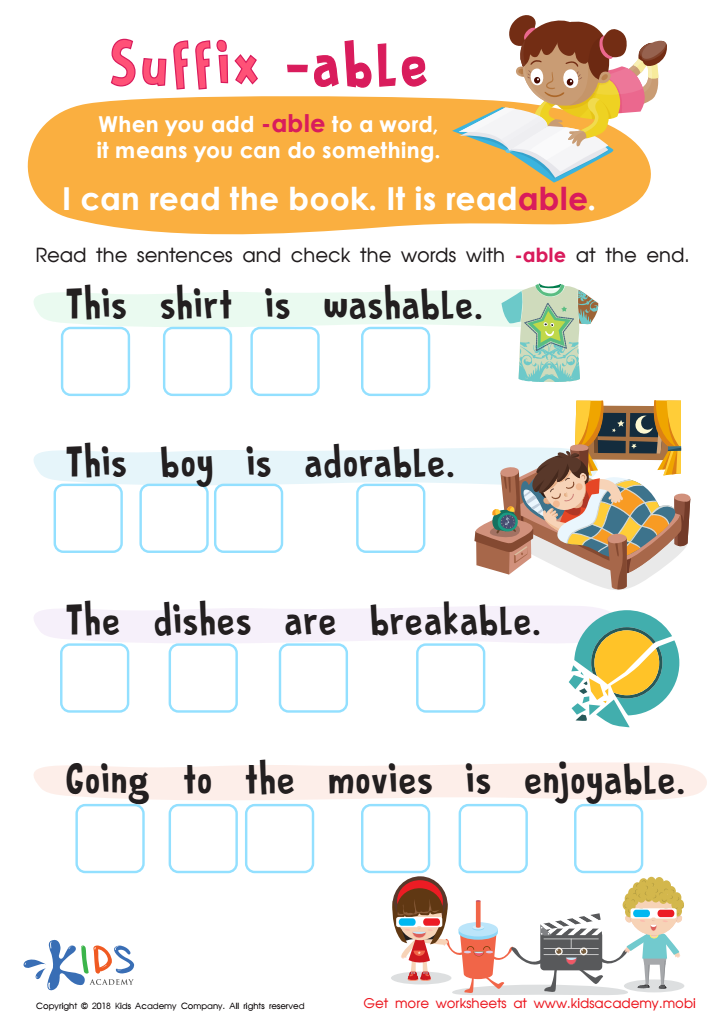

Suffix -Able Worksheet
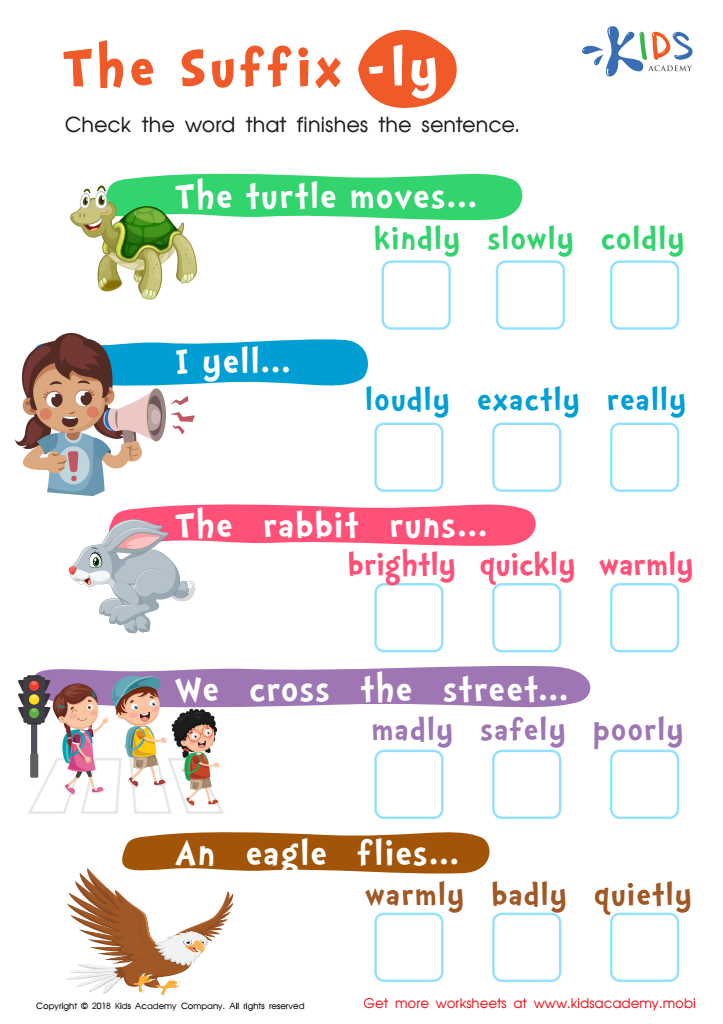

The Suffix -Ly Worksheet
Understanding suffixes is essential for young children, ages 3-7, because it lays a strong foundation for their language development and literacy skills. Suffixes, which are added to the end of words to change their meaning (such as "-ed" for past tense, or "-ing" for ongoing action), help children grasp how modifications can alter words and sentences.
When parents and teachers emphasize suffixes, kids begin to understand how language works. For example, if they know “play” and learn the suffix “-ed,” they can deduce that “played” refers to something that happened in the past. This helps them become more confident readers and writers as they start to recognize and understand word patterns.
Additionally, learning about suffixes supports vocabulary growth. Children can connect different words that share common suffixes, such as "teacher" and "baker" both ending in “-er,” understanding that these words describe a person involved in an action. This knowledge makes reading and decoding new words easier.
Beyond reading, comprehension and communication skills improve, too. Kids learn to articulate their thoughts more clearly when they understand the role suffixes play in speech and writing. By incorporating this into early education, parents and teachers are setting children up for academic success and effective communication in everyday life
 Assign to My Students
Assign to My Students











